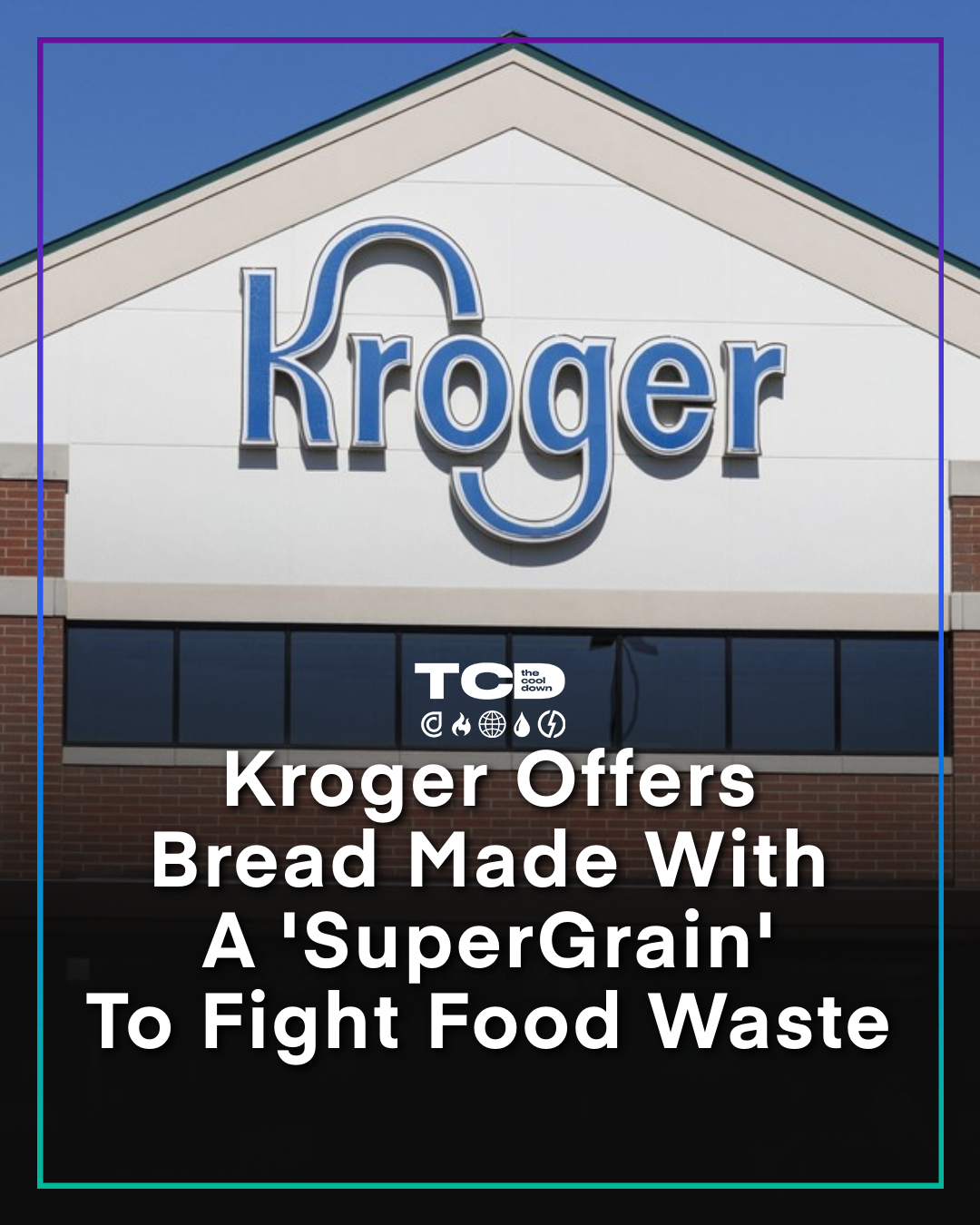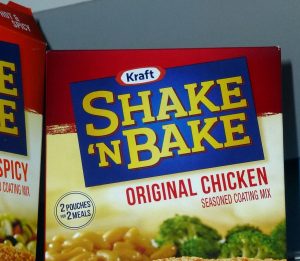Setup
The focus of the test was consumer motivation in purchasing upcycled foods. To that end, the two assets were designed to test performance across the following A/B split:
- AMessaging that foregrounds the waste-reduction benefits of upcycled foods
- BMessaging that foregrounds the health benefits of upcycled food
 A
A
 B
B
Test Results
Attention Share and Engagement Share reflect the percentage of test-wide scoring accounted for by individual variants or demographics. Read more below in the Methodology section.
Aggregate Insights
The balanced attention and engagement shares across both messages suggest that consumers are comparably motivated by the waste benefits and health benefits of upcycled foods.
An optimal marketing strategy would leverage both value props to maximize consumer interest.
Further testing could explore attention and engagement around messages touting other benefits of upcycled foods — e.g., reduced cost — to determine the full scope of potential consumer motivations.
Gender-based attention and engagement shares reflect the relative attention or engagement per gender for each variant. Read more below in the Methodology section.
Gender Insights
Female participants paid more attention to and engaged more readily with the waste-focused messaging, while male participants paid more attention to and engaged more readily with the health-focused messaging.
Male participants demonstrated a stronger preference for the winning message than female participants, who showed a more comparable interest in the two variants.
Further testing could target the female audience with a combined value prop — marrying waste benefits and health benefits — to determine whether the two messages together can amplify the balanced attention and engagement seen in this sample.
Age-based attention and engagement shares reflect the relative attention or engagement per age bracket for each variant. Read more below in the Methodology section.
Age Insights
The test population skewed toward participants over 45, who paid more attention to and engaged more readily with the waste-focused messaging.
With a smaller sample size, the 35-44 group paid more attention to and engaged more readily with the health-focused message.
Further testing could specifically target participants under the age of 45 to determine whether the directional data in this sample holds true at scale.
Methodology
This test was conducted with two message variants and a prequalified TCD audience of 2,257 likely adopters. Among those participants, 5.8% paid measurable attention to the test assets and 3.5% registered measurable engagement.
Attention Score measures the likelihood that a message will capture eyeballs in the wild. It’s calculated using the rate at which test participants respond to a CTA to learn more about the subject.
Engagement Score measures the likelihood that a message will elicit a meaningful response from the audience. It’s calculated using a proprietary algorithm that weights measurable metrics — shares, saves, likes, etc. — in a way that has proven to be meaningfully correlated (r > .5) to real-world conversion behavior.
Attention Share and Engagement Share reflect the percentage of test-wide scoring accounted for by individual variants or demographics. For example, an engagement share of 25% means the variant or demographic in question accounted for 25% of the cumulative engagement score produced by all segments in the test.







